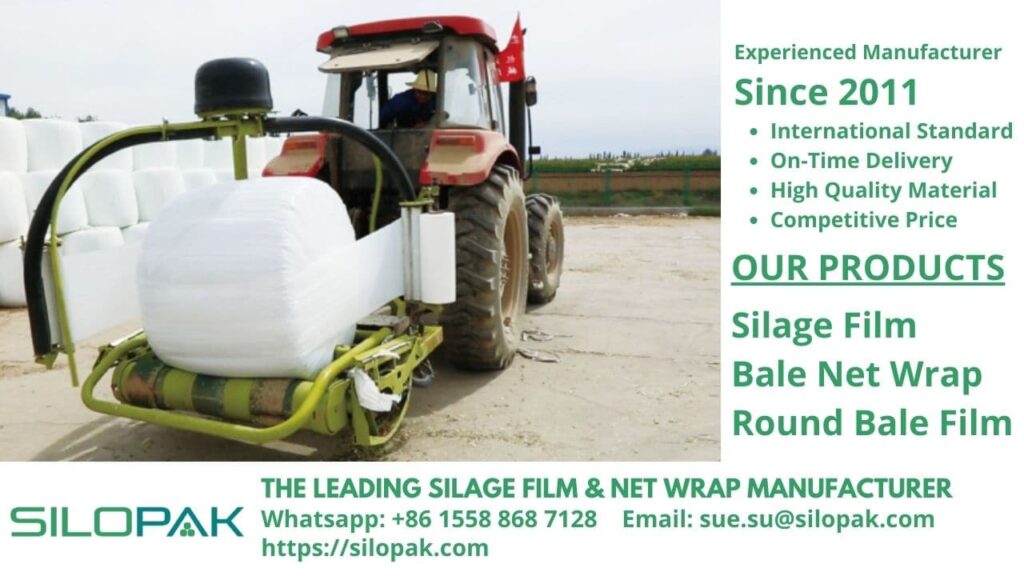
We know that sorghum is often used to make straw and silage because of its high starch level. The types of sorghum varieties that are commonly cultivated as sorghum silage include sweet sorghum in the form of sugar and biomass sorghum in the form of fiber and grain sorghum. Farmers cultivate sorghum into silage based on the many benefits they receive for their livestock, especially cattle.
Sorghum has much in common with corn in that it is high in fiber and digestibility. Milk productivity also increases along with the use of sorghum silage as a reliable animal feed. Even now, grain sorghum has been developed for one-step silage harvesting, where the grain has a height of one and a half to two meters. This grain sorghum has excellent digestibility and is free of tannins, so ruminants are guaranteed to get a higher nutritional intake.
contents
Main Forage Source
Dairy farms in dry climates such as in the United States are very familiar with sorghum. This main forage source has many benefits. The farmers are also good at processing sorghum in the form of silage so that it is more efficient when giving it to their livestock; some of the things that farmers like about using it include:
- It brings flexibility in terms of delay in planting.
- When compared to corn silage, sorghum offers many factors to improve the quality of their cattle’s milk. A nutritional feed with sorghum makes cow’s milk productivity increase.
- Production costs that must be borne by farmers tend to be lower because this silage feed can be used in various conditions.
- The use of sorghum is quite efficient against the use of water.
- It provides great opportunities for forage farmers and milk producers.
Summer and Autumn Annual Crop Potential
A recent study conducted at the University of Florida NFREC (North Florida Research and Education Center) found the potential of summer perennial as an alternative forage is sorghum. Sorghum which is used as whole plant silage, can be used as animal feed. It can improve the nutritional quality of the livestock itself. There was even a discovery of sorghum production in Florida, which became a new hybrid with a certain level of tolerance for sugarcane aphids. Their harvests can be successful with a reduced number of applications of cane aphids spraying.
The study, conducted in 2018 and 2019, carried out varietal trials. These trials yielded an impressive seven and a half tonnes of dry matter per hectare. Furthermore, the average sorghum forage harvest in some hybrids reached 21 tonnes per hectare. Consequently, the estimated total cost for sorghum varied from $93 to $107 per tonne. Considering the high quality of the harvested sorghum silage, this cost is quite competitive.
At NFREC, cows were fed for 56 days on a specific diet. This diet comprised 90% sorghum silage and 10% dry refined grains, amounting to a total of 1.5 kg per day. Significantly, this amount is close to the ideal for developing heifers. Therefore, farmers can continue using this sorghum silage in the fall as an alternative.
Lastly, whole crop sorghum silage presents a cost-saving alternative for farmers, especially during the current pandemic. This option is particularly advantageous for those looking to reduce expenses.

